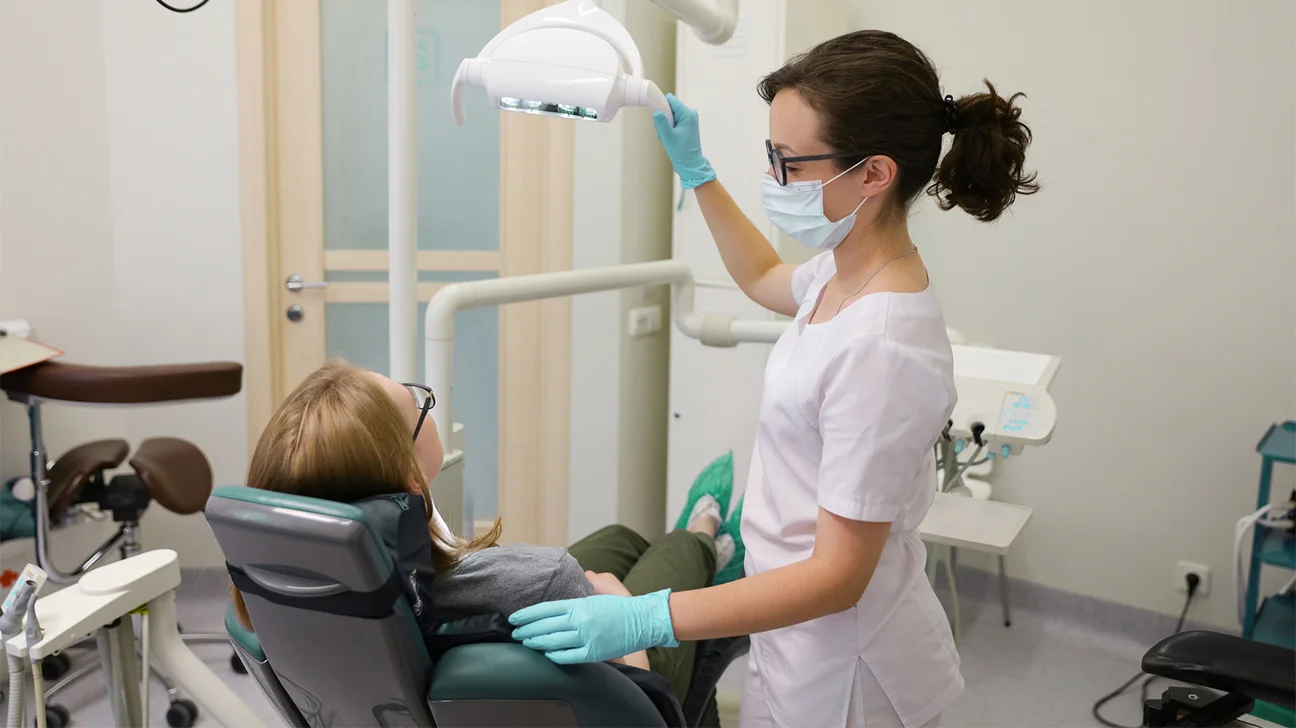Navigating the Post-Op Pantry: 25 Soothing and Nutritious Foods After Wisdom Teeth Removal
Wisdom teeth removal, while a common procedure, can be an uncomfortable experience. Following your dentist’s or oral surgeon’s post-operative instructions is crucial for optimal healing. Choosing the right foods is essential during this recovery period. This article explores 25 soft, nutritious, and soothing foods to incorporate into your diet after wisdom teeth removal, promoting healing and minimizing discomfort.
The Healing Highway: Understanding Why Soft Foods Matter After Wisdom Teeth Removal
The wisdom teeth extraction site is delicate and prone to inflammation and discomfort in the initial healing stages. Hard, chewy, or crunchy foods can irritate the extraction sites, potentially causing bleeding or delaying healing. Soft foods, on the other hand, are:
- Easier to Chew: Minimize strain on the extraction sites, promoting faster healing and reducing discomfort.
- Less Likely to Cause Irritation: Soft textures won’t irritate the sensitive extraction areas.
- Nutrient-Rich: Choosing nutritious soft foods ensures you receive the essential vitamins and minerals needed for optimal healing.
Here are 25 delicious and practical post-wisdom teeth removal food options, categorized for easy reference:
Liquid Love: Smoothies, Soups, and Broths (7 Options)
- Smoothies: Blend fruits, yogurt, and milk (or a milk alternative) for a refreshing and nutrient-packed drink. You can also add protein powder for an extra boost.
- Apple Sauce: A classic choice, applesauce offers a good dose of vitamin C and a naturally sweet taste.
- Yogurt Smoothies: Combine yogurt with fruits and a touch of honey for a creamy and protein-rich smoothie.
- Creamy Soups: Opt for pureed vegetable soups or creamy tomato soup for a comforting and easy-to-digest meal.
- Chicken Broth: Warm chicken broth is soothing and hydrating, ideal for the first few days after surgery.
- Vegetable Broth: Similar to chicken broth, vegetable broth provides hydration and essential electrolytes.
- Protein Shakes: Consider protein shakes made with milk or a milk alternative and protein powder for added nutrients that support healing.
Remember: Opt for lukewarm or cold liquids and broths to avoid irritating the extraction sites.
Mashed Marvels: Soft Fruits and Vegetables (7 Options)
- Mashed Potatoes: A classic comfort food, mashed potatoes are easy to swallow and provide essential carbohydrates.
- Mashed Sweet Potatoes: Offer a delicious alternative to regular mashed potatoes and are rich in beta-carotene, which promotes healing.
- Mashed Avocado: Rich in healthy fats and vitamins, mashed avocado adds a creamy texture to your meals.
- Mashed Bananas: A good source of potassium and easy to digest, mashed bananas are a convenient snack option.
- Applesauce (Warmed): Slightly warmed applesauce can be a soothing and comforting choice.
- Scrambled Eggs: Soft-scrambled eggs are a protein powerhouse and easy to chew.
- Well-Cooked Greens: Steamed or boiled spinach, kale, or other leafy greens provide essential vitamins and minerals.
Tip: Add a drizzle of olive oil or melted butter to mashed vegetables for extra flavor and healthy fats.
Cool and Creamy: Dairy Delights (4 Options)
- Cottage Cheese: A good source of protein and calcium, cottage cheese is a light and refreshing option.
- Greek Yogurt: Provides protein and probiotics, which can aid digestion. Choose plain yogurt and add your own fruit for sweetness.
- Soft Cheeses: Cream cheese or ricotta cheese can be spread on crackers or toast for a simple and satisfying snack.
- Yogurt Parfait: Layer yogurt with sliced fruits and granola (crushed for easier consumption) for a visually appealing and nutritious breakfast or snack.
Remember: Choose plain, unsweetened dairy options whenever possible to avoid added sugars.
Starchy Staples: Soft Grains and Breads (7 Options)
- Oatmeal: Opt for quick-cooking or instant oatmeal for an easy-to-prepare and filling breakfast. Add mashed fruits or a drizzle of honey for sweetness.
- Cream of Wheat: Similar to oatmeal, cream of wheat offers a warm and comforting breakfast option.
- Mashed Potatoes with Gravy: Mashed potatoes with gravy provide carbohydrates and some protein, making them a well-rounded meal choice. Choose low-fat gravy options if available.
- Pasta Dishes: Cook pasta until very soft and avoid chunky sauces. Consider creamy cheese sauces, tomato sauce pureed to a smooth consistency, or olive oil-based pasta dishes.
- Rice Dishes: White rice or brown rice cooked to a soft texture are easy to digest and provide essential carbohydrates.
- Pancakes and Waffles: Soft pancakes or waffles made with whole-wheat flour or a similar soft flour alternative can be a comforting breakfast option. Opt for soft toppings like mashed fruits, maple syrup, or yogurt.
-
Remember: When consuming any bread or grain products, opt for refined or white versions during the initial healing stages. These are generally softer and easier to chew compared to whole-wheat or whole-grain options. Gradually reintroduce whole grains as your healing progresses.
Beyond the Bite: Additional Tips for Post-Wisdom Teeth Removal Diet
- Small and Frequent Meals: Opt for smaller, more frequent meals throughout the day instead of three large meals. This reduces stress on the extraction sites and ensures adequate nutrition intake.
- Stay Hydrated: Drink plenty of water and clear liquids to stay hydrated and promote healing. Avoid sugary drinks or carbonated beverages.
- Cool is Key: Stick to cool or lukewarm foods and beverages to avoid irritating the extraction sites.
- Listen to Your Body: Pay attention to your body’s signals. If a specific food causes discomfort, avoid it and choose softer alternatives.
- Gradual Reintroduction: As healing progresses, gradually reintroduce solid foods, starting with softer textures and progressing to harder ones.
By incorporating these delicious and nutritious soft food options into your diet and following your dentist’s or oral surgeon’s post-operative instructions, you can promote optimal healing and minimize discomfort after wisdom teeth removal.
Frequently Asked Questions: Demystifying Food Choices After Wisdom Teeth Removal
Q: For how long should I stick to a soft food diet after wisdom teeth removal?
A: The duration of a soft food diet typically ranges from 3-7 days, depending on your healing progress. Your dentist or oral surgeon will provide specific guidance based on your case.
Q: Can I eat spicy foods after wisdom teeth removal?
A: Spicy foods can irritate the extraction sites and delay healing. It’s best to avoid them for at least a week after surgery.
Q: What if I accidentally eat something hard after wisdom teeth removal?
A: If you accidentally consume something hard, don’t panic. Try to remove the food gently from your mouth without picking at the extraction site. If you experience any pain or discomfort, contact your dentist or oral surgeon.
Q: Are there any foods I should completely avoid after wisdom teeth removal?
A: In addition to spicy foods, avoid acidic foods like citrus fruits, crunchy foods like chips or popcorn, and sticky foods like candy or caramel. These can irritate the extraction sites or become lodged in the wound.
Remember: Following your dentist’s or oral surgeon’s post-operative instructions is crucial for optimal healing. If you have any questions or concerns about your diet after wisdom teeth removal, don’t hesitate to consult your dental professional.




